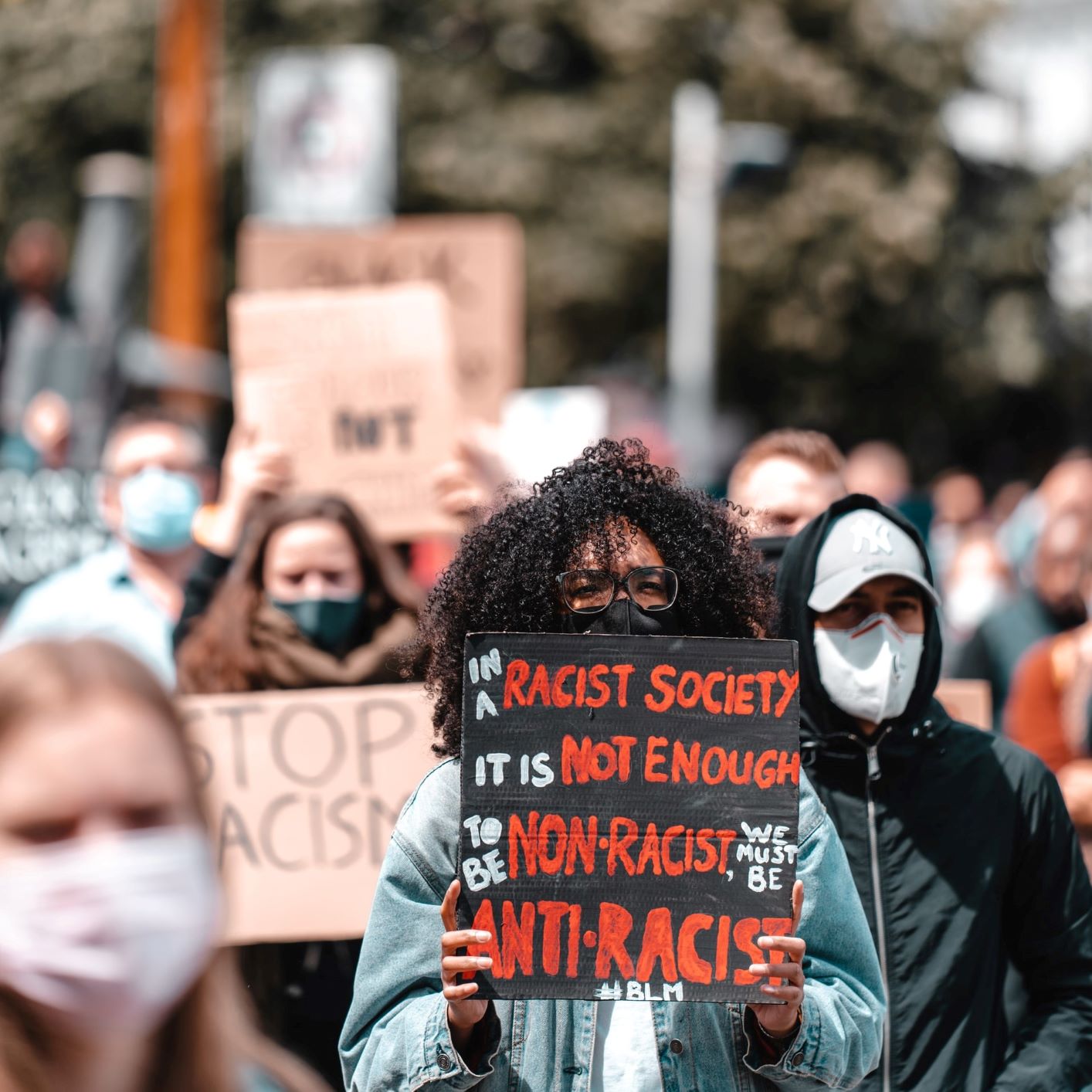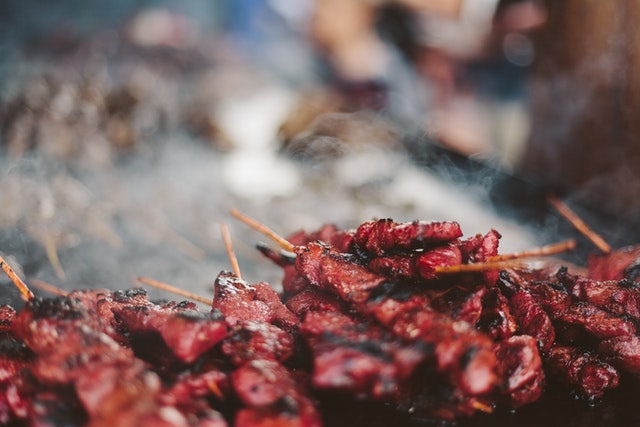By Dr. Fari Nzinga (editorial support from Dr. Regina Stevens-Truss)
All eyes are turned towards the SCOTUS (Supreme Court of the United States) because of upcoming challenges to laws that have set the legal precedents, standards and customs by which we live.
Some SCOTUS history & background:
According to White House Government Documents (the following are select passages given here for context):
“The Supreme Court of the United States is the highest court in the land and the only part of the federal judiciary specifically required by the Constitution. The Constitution does not stipulate the number of Supreme Court Justices; the number is set instead by Congress. There have been as few as six, but since 1869 there have been nine Justices, including one Chief Justice. All Justices are nominated by the [sitting] President, confirmed by the Senate, and hold their offices under life tenure. Since Justices do not have to run or campaign for re-election, they are thought to be insulated from political pressure when deciding cases…
The Court’s caseload is almost entirely appellate in nature, and the Court’s decisions cannot be appealed to any authority, as it is the final judicial arbiter in the United States on matters of federal law…
… the Court’s task is to interpret the meaning of a law, to decide whether a law is relevant to a particular set of facts, or to rule on how a law should be applied.”
The U.S. Supreme Court has quite a long history of arbitrating questions of race and rights. Social scientists call “race” – the product that is produced through processes of defining and categorizing people based on perceived physical traits – a political identity or designation, because it can be defined differently under different (historical and/or geographic) circumstances, and, more importantly, because one’s assigned racial membership is upheld and enforced by legal, political and economic systems.
On March 6, 1857, the SCOTUS, in a 7-2 vote, rendered what has been considered as “the most egregious example in the Court’s history of wrongly imposing a judicial solution on a political problem” in the Dred Scott v. John F.A. Sanford case.
This is the story of Dred Scott.
Dred Scott was a Black man who availed himself of every opportunity to be free. Born into slavery in Southampton, Virginia, Dred Scott had been called Sam as a youth; until he changed his name. Enslaved to a man named Peter Blow, Dred Scott was forced to migrate to Huntsville, Alabama and later to St. Louis, Missouri. In 1831, upon the death of Peter Blow, Dred Scott was sold to U.S. Army Surgeon, Dr. John Emerson. Again, Scott was forced to migrate, but this time to the free state of Illinois. Emerson reported for duty at Fort Armstrong, Illinois, and his assignment lasted for nearly three years. Under the conditions of the Northwest Ordinance of 1787, and the State Constitution of Illinois, Dred Scott was entitled to his freedom. While living and working in what is present-day Minnesota, Dred Scott married Harriet Robinson, a young woman enslaved by Major Lawrence Taliaferro, an Indian agent for the Wisconsin territory. Harriet Scott then became the property of Dr. Emerson, and while he traveled to Louisiana and Florida to serve in the Seminole Wars, he hired out Dred and Harriet Scott.
Emerson died unexpectedly after serving in the wars and upon returning to Missouri. His widow, Irene Emerson became the owner of Dred and Harriet and refused to emancipate them, so they decided to take advantage of a Missouri statute that stated that any person, black or white, held in wrongful enslavement could “sue for freedom.” On April 6, 1846, Dred and Harriet Scott each filed separate petitions in suits against Irene Emerson in the St. Louis Circuit Court to obtain their freedom from slavery. These documents, identical in nature, stated that the petitioners were entitled to their freedom based on residences in the free state of Illinois (Rock Island) and the free Wisconsin Territory (Fort Snelling). After almost a decade of court cases and appeals the Scott’s case was finally heard by the U.S. Supreme Court. The case was argued February 11 – 18, 1856 by Montgomery Blair and George Ticknor Curtis on behalf of petitioner Dred Scott and Henry S. Geyer for respondent John F.A. Sanford (brother of Irene Emerson, who at this point owned the Scott family – Dred, Harriet, and their two children). The case was decided March 6, 1857, in a 7-2 decision in favor of Sanford; the majority held that “a negro, whose ancestors were imported into [the U.S.], and sold as slaves, whether enslaved or free, could not be an American citizen and therefore did not have standing to sue in federal court.” Because the Court lacked jurisdiction, Chief Justice Roger B. Taney dismissed the case on procedural grounds.
Appointed by President Andrew Jackson, Chief Justice Taney was the son of Catholic tobacco plantation owners in Maryland. As an active participant in the institution of slavery, Taney, from the bench, sought to limit federal regulation of the business of enslavement. He, therefore, held that the Missouri Compromise of 1820 was unconstitutional and foreclosed the ability of Congress to pass laws that would free slaves within Federal territories. The opinion showed deference to the Missouri courts, which held that moving to a free state did not render Scott emancipated. Taney ruled that slaves were property under the Fifth Amendment, and that any law that would deprive a slave owner of that property was unconstitutional.
On May 26, 1857, two months after the SCOTUS decision, Scott and his family were freed, but not through the courts! The Scott family was re-purchased by the Blow family who had sold Dred Scott in the first place, and freed them. Dred Scott died of tuberculosis in St. Louis the following year, and Harriet Scott lived until June 1876, long enough to see the Civil War and the passing of the Thirteenth Amendment in 1865.
History archives about Dred Scott state that “The Dred Scott Decision outraged abolitionists, who saw the Supreme Court’s ruling as a way to stop debate about slavery in the territories.” And suggest that “The divide between North and South over slavery grew and culminated in the secession of southern states from the Union and the creation of the Confederate States of America. The Emancipation Proclamation of September 22, 1862 freed enslaved people living in the Confederacy, but it would be another three years until Congress passed the 13th Amendment abolishing slavery in the United States.”
Today, the Supreme Court holds in the balance judicial decisions that will be solutions to political problems, with a disregard for the people the decisions will affect. Stay active and vigilant!
It is still Women’s History Month – and if you are looking for things to occupy some time during our off week, check out the library’s Collections for Women’s History, created by our awesome Reference librarians: Collections for Women’s History









